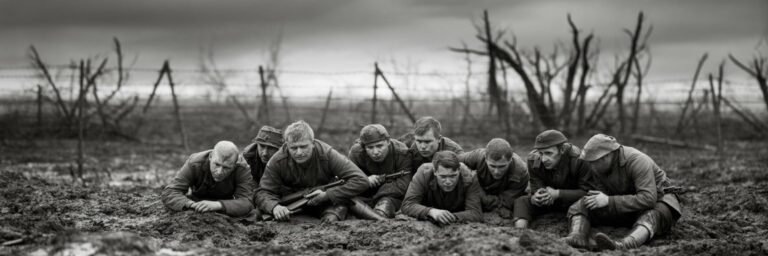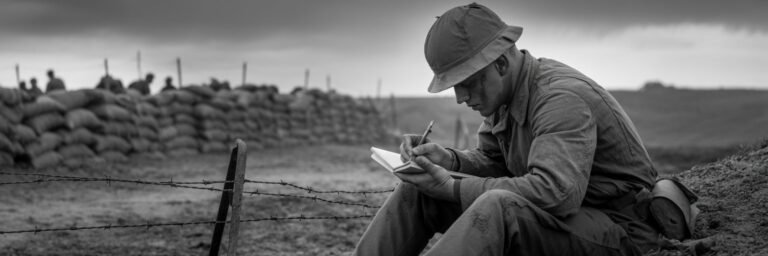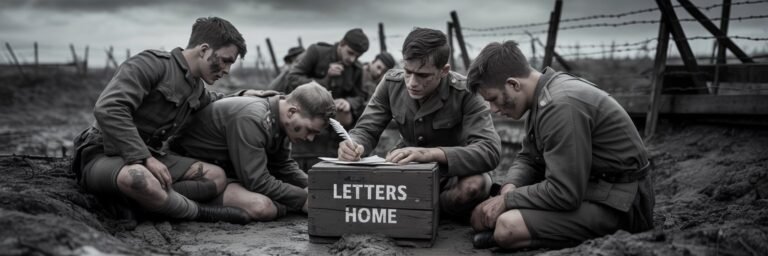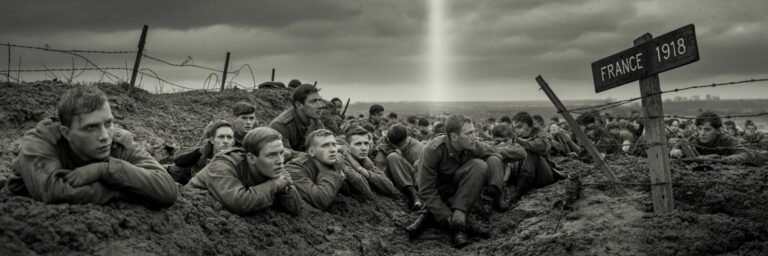INTRODUCTION
The calamitous years of 1914 to 1918 mark a significant moment in human history, a timeline that witnessed the tectonic shifts and perturbations of World War I (WWI). This era was a cataclysmic collision of empires, a gruesome spectacle of humanity’s capacity for self-destruction, and an unfathomable ordeal for the millions who participated both directly and indirectly. However, beyond the traditional narratives of Great War, there lay buried a phalanx of untold tales, overlooked subtleties, and controversial aspects that continue to question conventional interpretations. This voyage into the unseen pages of the First World War attempts to unravel those details, adding more nuanced layers to our understanding of this world-altering conflict.
HISTORICAL BACKGROUND
The descent into global warfare was a consequence of complex political, economic, and nationalistic tensions simmering under the thin veneer of European peace and prosperity since the Franco-Prussian War of 1871. Industrial rivalry between Britain and Germany and territorial tensions in the powder-keg of the Balkans each played a role. The spark came with the assassination of Archduke Franz Ferdinand of Austria-Hungary by Gavrilo Princip, a Serbian nationalist, on June 28, 1914.
As the complex web of alliances and treaties unraveled, the world was drawn into an unprecedented conflict. The Central Powers—Germany, Austria-Hungary, and later, the Ottoman Empire and Bulgaria—stood against the Allies—initially composed of the United Kingdom, France, and Russia, later joined by Italy, Japan, and the United States. This global conflict witnessed the brutalization of an entire generation, decimated landscapes, and heralded a new breed of warfare, with the introduction of lethal technologies like machine guns, tanks, and chemical weapons.
THEORIES AND INTERPRETATIONS
Historians and scholars have propounded myriad interpretations concerning the causes and implications of WWI. The French historian Pierre Renouvin in his ‘War of Nations’ highlighted the role of nationalistic fervor and insidious militarism. Fischer’s theory, named after German historian Fritz Fischer, emphasizes Germany’s aggressive foreign policy and ambitions for world power as the primary cause of the war.
However, a common, but cautious perspective is the ” sleepwalking theory.” Christopher Clark, the author of “The Sleepwalkers,” suggests that the complex network of alliances, diplomatic incompetency, and a series of misjudgments led the world into a war nobody wanted, akin to sleepwalking into disaster. Niall Ferguson, a contrarian historian, argues that Britain’s entry into the war was a massive error, as it elongated the war and gave birth to a harsher peace.
MYSTERIES AND CONTROVERSIES
Amidst the well-documented facts, there exist pockets of ambiguity and mystery that never cease to ignite debates and discussions. A less-known controversy revolves around the role of the neutral U.S. before its formal entry into the war in 1917. Critics argue that U.S. bankers, primarily J.P. Morgan, were supposedly financing Britain and France, thus sabotaging true neutrality.
In the realm of military strategy, the Gallipoli Campaign remains a contentious topic. Initiated by Winston Churchill, the failed attempt to secure the Dardanelles strait is criticized for its poor planning and wasted sacrifice.
SYMBOLISM AND CULTURAL SIGNIFICANCE
WWI imbued profound symbolism and cultural significance, deeply etched into various facets of society. Trench poetry, an outcome of war experiences, took a front-line position in molding public emotions, featuring works like ‘In Flanders Fields’ by John McCrae that instilled the red poppy as a symbol of remembrance.
The disillusionment spawned by war inspired expressions of ‘Lost Generation’ writers like Ernest Hemingway, and led to the influential Dadaist and Surrealist movements in art. The dichotomous imagery of Hero and Anti-Hero emerged, reflecting the fractured narratives of bravery and futility.
MODERN INVESTIGATIONS
Modern historians continue to dive deeper into the intricacies of WWI. Investigations into the forgotten theaters of war, like the Middle East and Africa, and studies into colonial soldiers’ experiences are currently being pursued. The global impact of the Spanish influenza pandemic that coincided with the war end is another area of focus.
Digital platforms and Big Data are revolutionizing our understanding of the war, with projects like Operation War Diary that exploit crowd-sourcing to interpret huge data sets, providing valuable insights into everyday soldier life, casualties, and weather effects on warfare.
LEGACY AND CONCLUSION
The WWI era was a critical pivot point, leaving an indelible mark on the world’s psyche. The resulting Treaty of Versailles laid the groundwork for World War II, and the collapse of empires led to the creation of many new nations. Furthermore, it ushered in societal transformations like the suffragette movement, principles of warfare, and the League of Nations, the precursor to the United Nations.
In conclusion, the ‘War to End All Wars’ is a historical paradox that is both widely studied and yet filled with untold tales. As we wade through its unseen pages, its multidimensional complexities, and the magnitude of its impact, the specter of WWI continues to influence our contemporary understanding of conflicts. By exploring the overlooked narratives and the deeper echelons of human experiences, we can create a more complete, reflective history that transcends beyond generals and battlefields, encompassing the nuanced subtleties of this global catastrophe.






